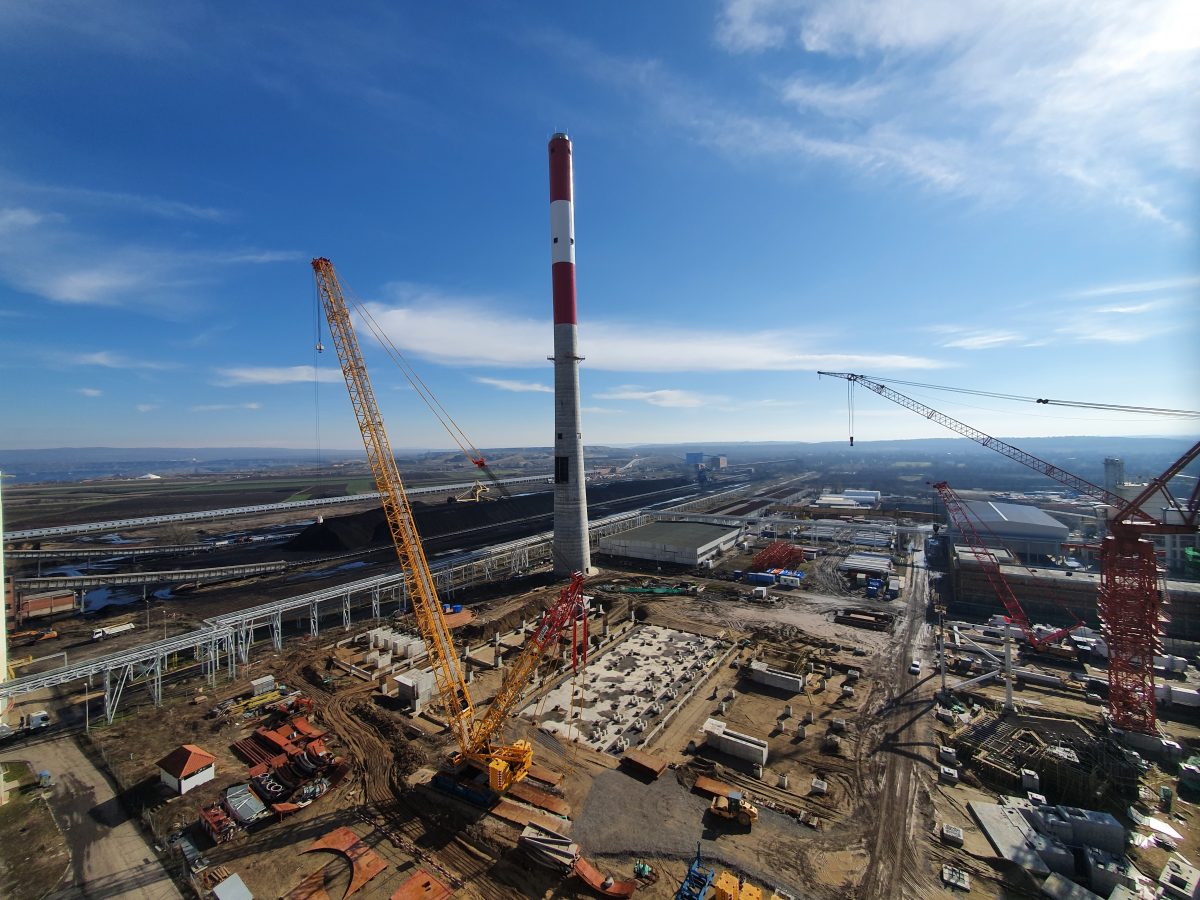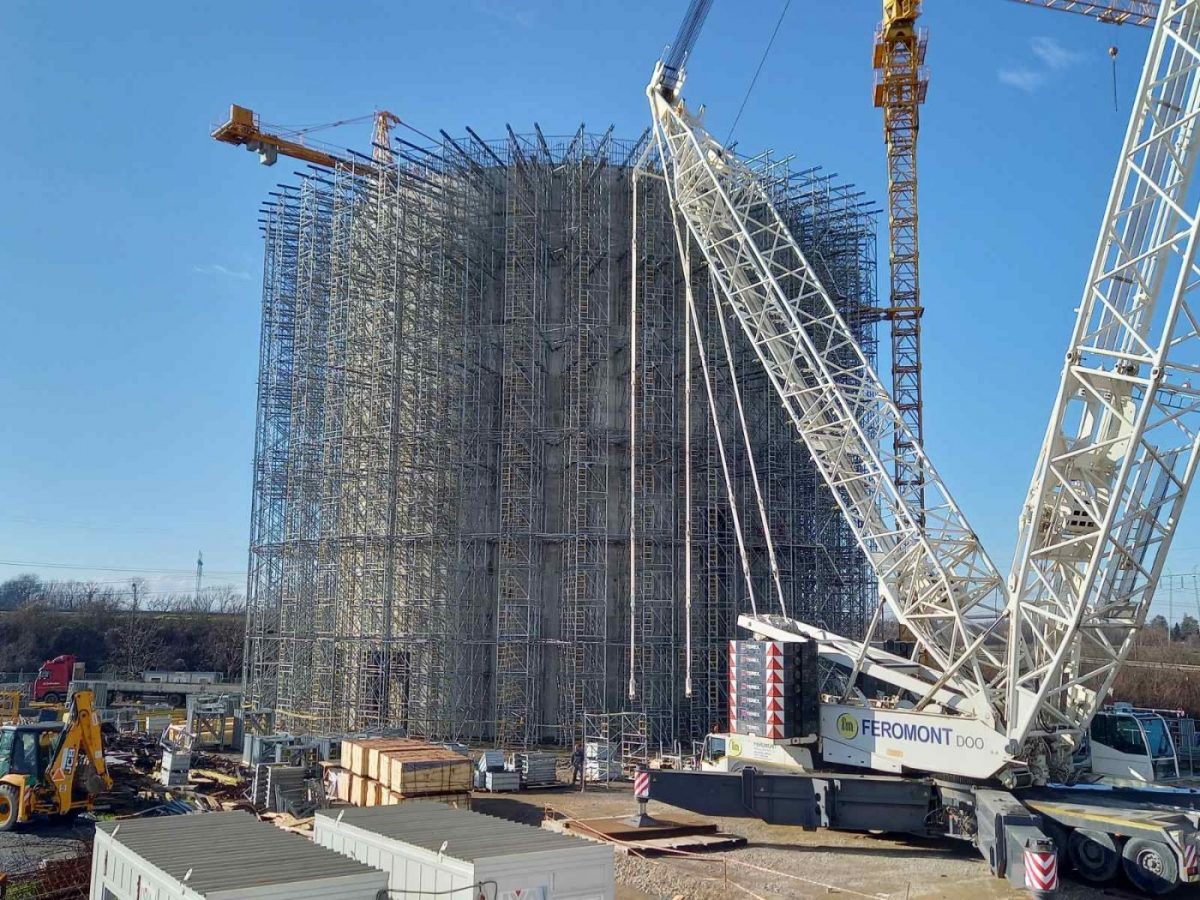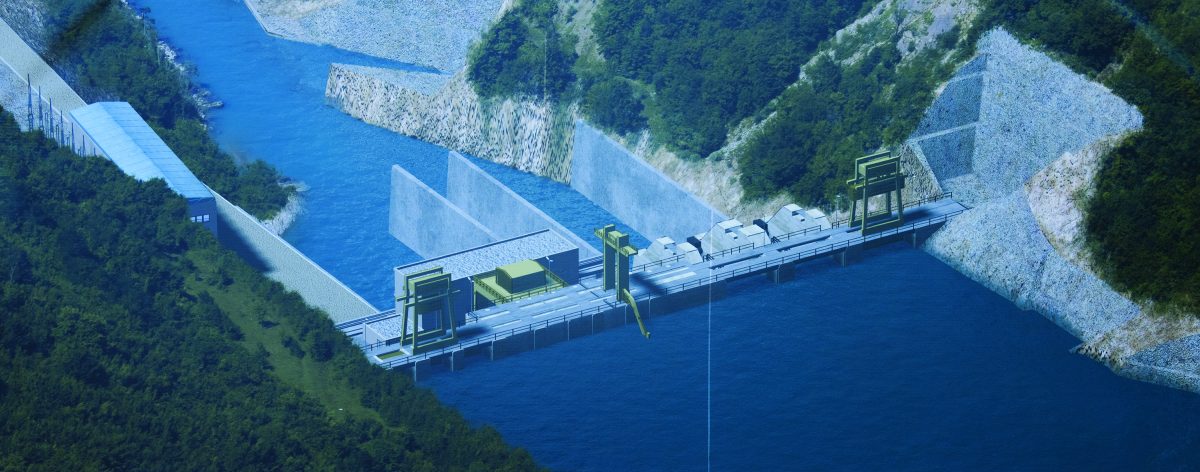By planned investments in maintenance, rehabilitation and modernization, EPS has maintained and improved its capacities
Investments in modernization and ecology projects

Modernization and development are a priority in the operation of the Electric Power Industry of Serbia, with approximately EUR 2 billion worth of development projects during the last five years. In 2020, investments reached almost half a billion euro, a series of previously initiated investments continued, and completely new projects are soon to be initiated.
By planned investments in maintenance, rehabilitation and modernization, EPS has maintained and improved its capacities. Ecology projects confirm the decision that the power plants should fulfil all environmental criteria. The goal is that, in the upcoming decades, Serbia has a stable and reliable electricity generation, ensured energy independence and completely maintained EU environmental standards.
We need just the right combination of how, to what extent and by which dynamics to utilize the resources Serbia has
During the last 15 years, EPS has invested EUR 1.4 billion in major overhauls, amounting to EUR 2.5 billion along with minor overhauls and projects. Solely by the rehabilitation of units and hydro units, i.e. efficiency improvements, we have gained new capacities and new “green” megawatts. It all totals 200 megawatts.
“Without the construction of replacement capacities, EPS shall not be able to secure enough electricity in the upcoming decades, since it is expected that the mean electricity utilization shall rise by approximately 0.9% annually until 2040. This means that 6.5 billion kWh more of electricity shall be needed in 2040, i.e. approximately 3 TWh more in 2030 comparing to 2020,” says Vladimir Marković, EPS assistant director and Key Investment Projects Director. “EPS is working on strategic and planned modernization of plants in order to ensure the stability of electricity supply, which is the main precondition for the normal functioning of the country, i.e. of its economy and citizens. New renewable sources projects are well underway, but it should not be overseen that the key to the energy stability of Serbia lies in the modernization and technologically advanced coal utilization. We need just the right combination of how, to what extent and by which dynamics to utilize the resources Serbia has,” adds Mr. Marković.

Without coal, the experts say, Serbia has no resources or potentials to ensure energy stability and independence. Even with the increased generation from and the prospective generation from gas, thermal capacities need to remain the dominant ones. On the contrary, there will be a lack of energy and we shall import electricity that is significantly more expensive. This would threaten the economy and citizens of Serbia. This is why EPS is ready to achieve the transition towards cleaner electricity generation by increasing the capacities from RES, as well as by the projects which make coal cleaner so as to comply with the national and EU environmental laws.
“Serbia is already completely dependent on the import of coal, significantly dependent on the import of petroleum, while the only sector in which our country remains independent from import is the electricity sector – owing primarily to its own natural, mining and water resources. Our country is eighth in the world when it comes to coal reserves, with only large countries ahead of us, such as Russia, China, SAD, Australia, Germany, Turkey and Indonesia,”says Nenad Šijaković, an engineer and energy projects expert and adds: “The only country sharing a similar situation to ours might be Poland, being in the tenth place on the abovementioned list of lignite reserves, which means the best option would be to look up to that member state of the European Union and the Visegrád Four, and follow its steps when it comes to decarbonization and NECP, i.e. the national goals relating to energy strategic development, but having in mind the fact that we are a small and impoverished country which must not easily give up its own energy sources and thus become completely energetically dependent.”
In recent years, the Electric Power Industry of Serbia has invested around 500 million euro in projects for air, water and soil quality improvement.
In recent years, the Electric Power Industry of Serbia has invested around 500 million euro in projects for air, water and soil quality improvement. The reconstruction of electrostatic precipitators in all thermal power plants has been completed, which has significantly reduced the emissions of particulate matters, i.e. PM particles. So far, 97 million euro has been invested in that. The result is 2.5 times fewer emissions of particulate matters. EPS is not dormant when it comes to ecological projects, since the total investments in planned projects amount to more than 1.2 billion euro. Until 2025, EPS investments in environmental protection will bring the reduction of emissions of sulphur dioxide by 90 %, NOx by 45 % and particulate matters by 95 %. Around 650 million euro is foreseen for air quality protection, through the construction of the flue gas desulphurization systems and primary and secondary measures for reduction of NOx emissions in thermal power plants.
Flue gas desulphurization systems are the most expensive and technically the most complex projects. EPS has finished the construction of the plant in Kostolac B TPP, worth 96 million euro and guarantee measurements have shown significantly lower SO2 emissions compared to the valid European standard of 200 milligrams per cubic meter. The most valuable 217 million euro project, the realization of which is ongoing, will provide the flue gas desulphurization system for TENT A. At the end of the last year, a cornerstone was laid for the desulphurization plant in Nikola Tesla B thermal power plant, worth 210 million euro. This plant will reduce sulphur dioxide emissions by around 20 times. A desulphurization system will also be implemented in the remaining two units in TENT A, as well as the units in Kostolac A TPP and the new unit Kostolac B3.
One of the most important construction sites is Kostolac, where a new 350 MW unit is being built. The value of the project amounts to 618 million dollars and it is being realized in cooperation with Chinese partners, based on an interstate agreement between the Republic of Serbia and the National Republic of China. EPS will get a modern, efficient unit fulfilling all domestic and European ecological criteria and will increase the safety of the Serbian power system on a long-term basis by generating approximately 2.2 billion kWh per annum.
When it comes to the development of EPS, the focus is on investments in new hydro projects, which fulfil the obligations related to the increase of the RES share.
“Together with the Electric Power Industry of the Republic of Srpska, after three decades of waiting for the project, EPS participates as a foreign investor with 51 % ownership in the construction of three new 180 MW HPPs on the Drina,” says Vladimir Marković, assistant director of EPS and Key Investment Projects Director, and adds: “The project is thoroughly prepared, respecting legal and technical procedures, national laws and international standards. More than 30 years old idea has now moved from a standstill.”

The construction of HPPs Buk Bijela, Foča and Paunci contributes to sustainable economic growth, social development and environmental protection. These three HPPs will provide renewable base electricity and serve as a supplement to other variable RES.
The modernization of hydro capacities is also ongoing. The largest HPP in Serbia, Djerdap 1, will increase its capacity by around 10 % and extend its lifetime by 40 years through unit rehabilitation. The plan envisages the last, sixth phase for this year. Following the rehabilitation of the last unit, the EPS’ gem on the Danube will generate clean, “green” electric energy, with a capacity of 1140 MW. Total investment in this project will exceed 180 million euro. As soon as the rehabilitation of the first Djerdap HPP is finished, rehabilitation of all 10 units in Djerdap 2 HPP should start. Thus, EPS will get around 50 new MW of power for electricity generation on the Danube River.
Both wind and the sun
EPS also doesn’t fall behind when it comes to projects related to wind and solar energy. The construction of the first EPS wind farm, with a capacity of 66 MW, is being prepared in Kostolac. The value of the project is around 100 million euro and 20 wind turbines will be erected in closed mines and landfills of the Kostolac TPPs-OCMs branch. The plan is to build a 9.95 MW solar power plant on the area of around 15 hectares of the landfill of a former mine pit Cirikovac, in the vicinity of Petka settlement. The estimated value of the project is around 11 million euro. Work on the development of the project for the solar power plant of higher capacity, 97.2 MW, at the existing ash and slag landfill, Kostolac Middle Island, is also underway. EPS plans to invest around 84 million euro in this solar power plant.